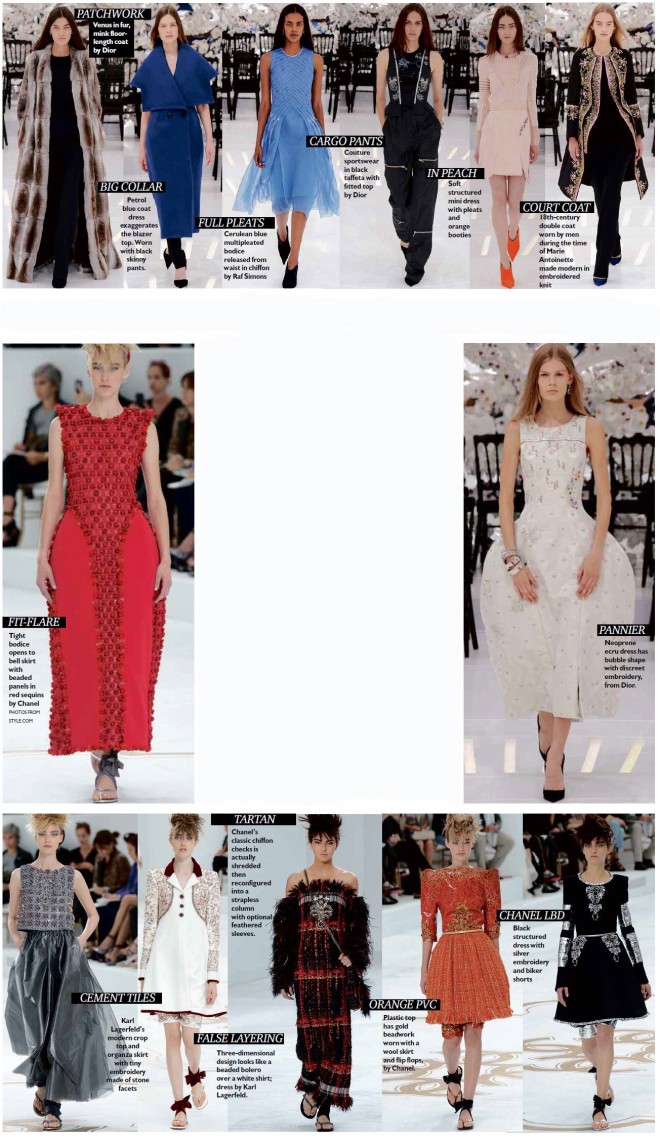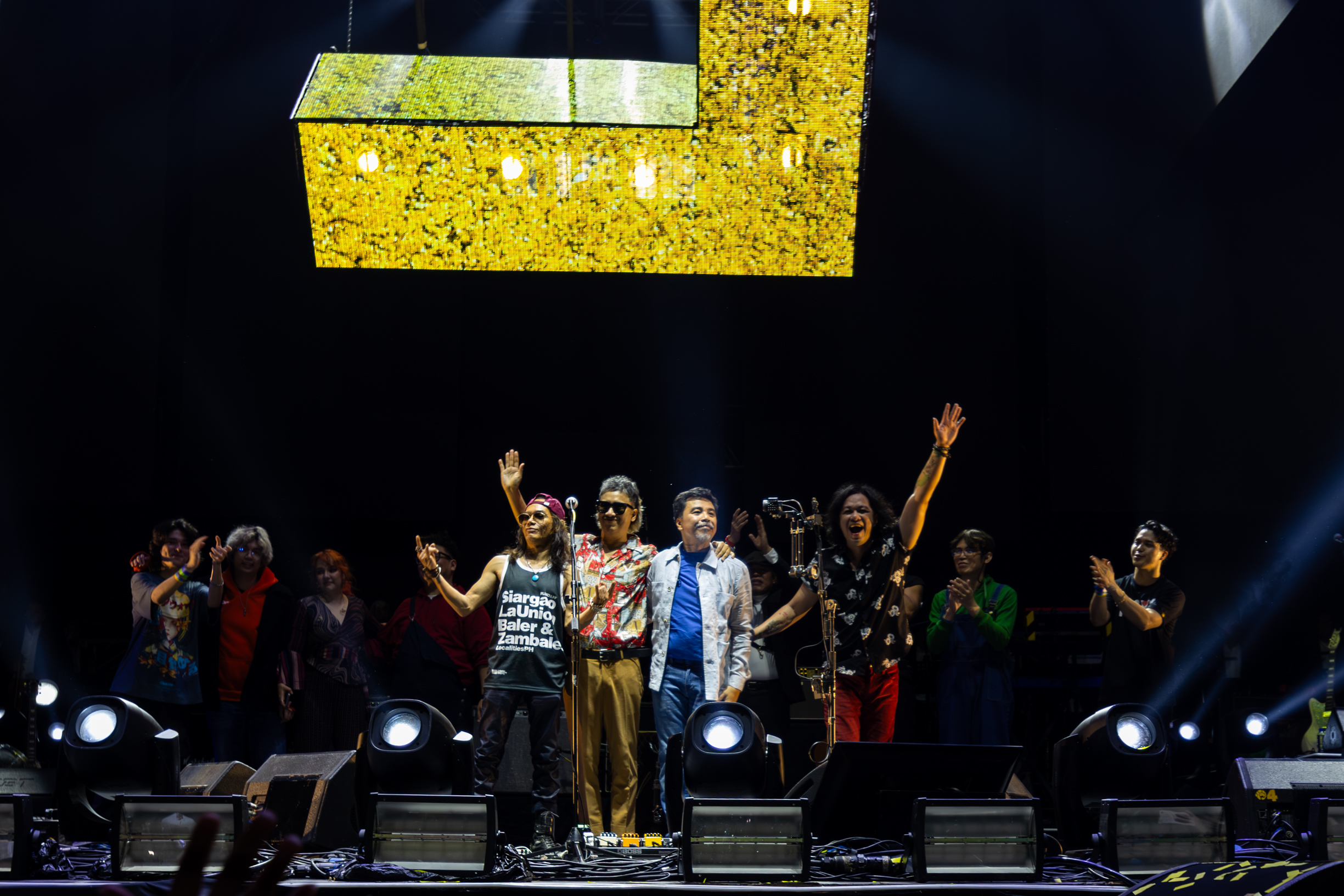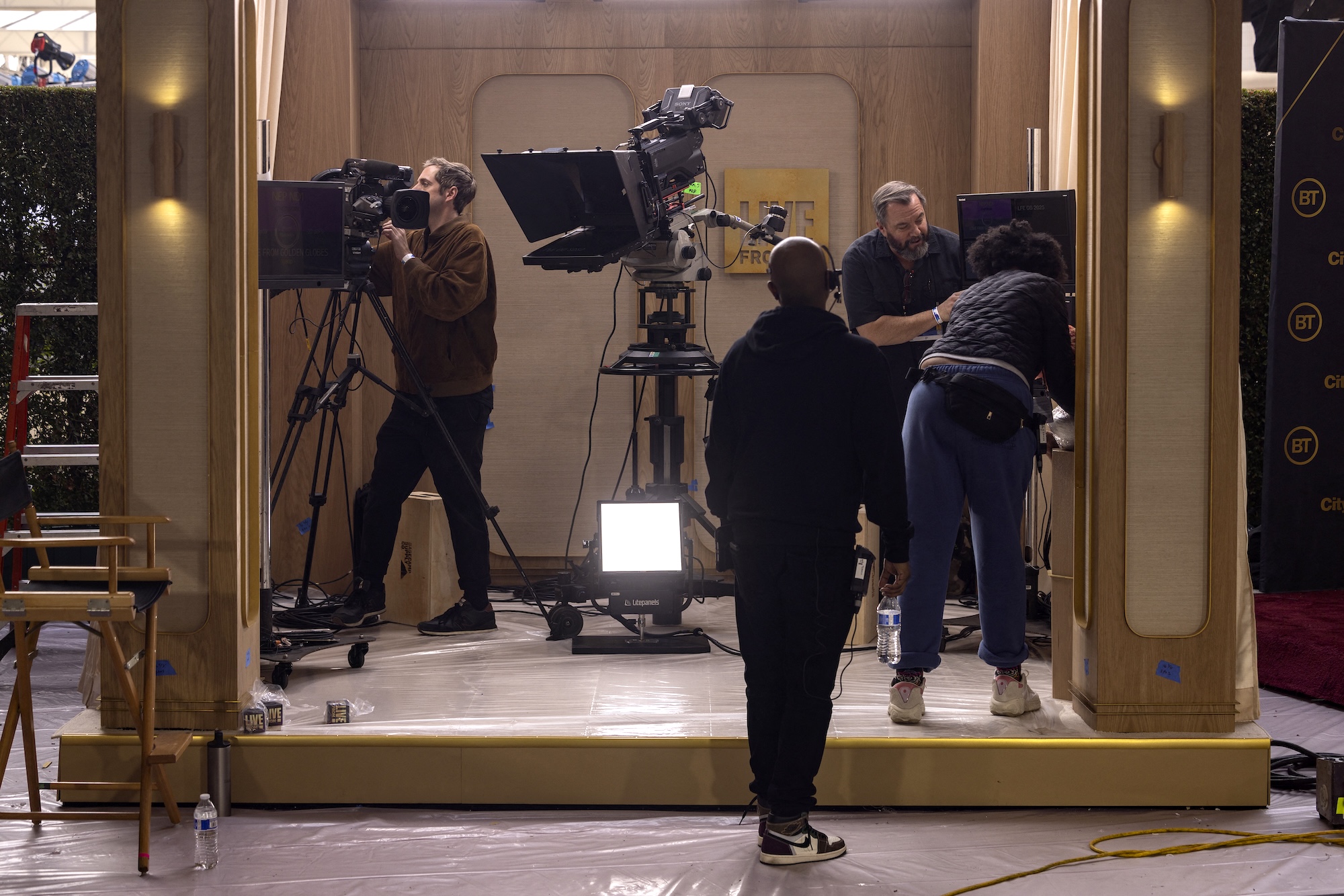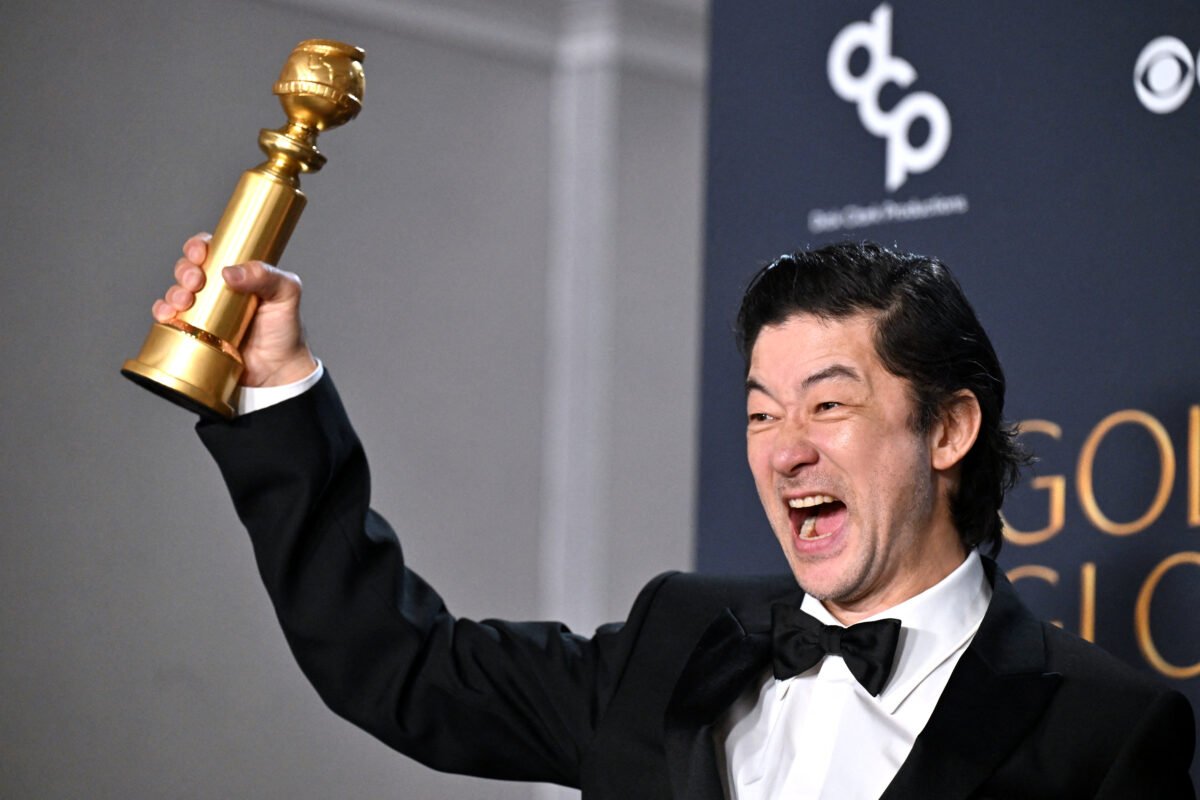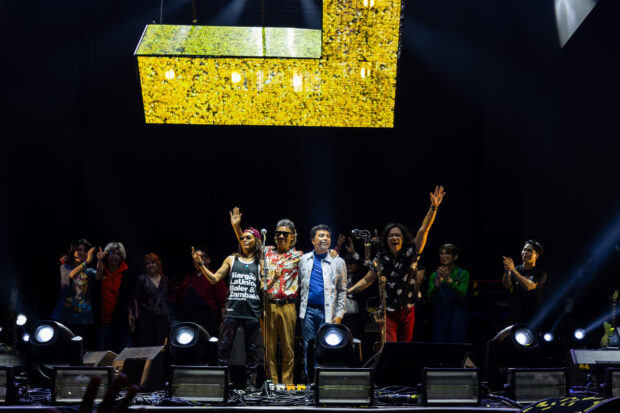Raf Simons and Karl Lagerfeld, design directors at Dior and Chanel, respectively, showed how haute couture would figure in the new century. Pure and simply ravishing, their collections during the recent Paris Couture Week were forever young and modern in cut, shape and color.
The two biggest luxury brands are on top of their game, subtly changing the rarified world of made-to-measure fashion which has less than 1,000 women on the planet as clients. Both designers are hugely successful for being game changers. At $500,000 for a Chanel fully embellished formal, at what price can couture survive?
First there are new clients, a lot from Russia, China, India, Dubai, even Brazil. Wives of billionaires and CEOs, and European royals led by future queen Kate Middleton, even pop divas such as Beyoncé, need to show up in stellar wardrobes for day and evening. These lucky women need to wear perfectly fitted couture daily.
Sex element
That is why at Chanel and Dior there are skirt or pantsuits. Ninety percent of Chanel’s 72 “exits” or pieces have knee-fitted pedal pushers—under jackets, dresses and skirts. It was smashing. Lagerfeld paired these with ribboned flip-flops. For the winter of 2015? Of course, these women go to Palm Beach or the Riviera to chase the sun.
But it was the molded modern fabrics infused with rubber that made the slew of Chanel suits so modern with colorful yet classic embroidery of cement tiles, plastic fringe and shredded chiffon reassembled to look like the famous bouclé tweeds of Coco. But the Chanel suit has always been modern.
Second, there’s the sex element. Chanel collection harked back to space-age modern of the 1960s, the age of the sexual revolution, micro-miniskirts, hot pants and Vidal Sassoon short haircuts. Lagerfeld incorporated a lot of ’70s minimalist Pierre Cardin and André Courrèges A-line suits this year. The Instagram generation are fascinated by the clean and color-sure looks from the ’60s and ’70s which they saw their grandmothers or moms wore.
Fashion is always a cycle and the Mod Look has orbited and touched down on earth once more.
‘For real’
Meanwhile, Dior’s main man Raf Simons doesn’t think his designs are minimal; they are for real, he says. Reality is the last concern of couture, yet its customers need day wear, power suits for stockholder meetings, and travel clothes for jet-setting. If one is to wear couture daily, it must be pieces like tailored blazers, killer but comfy pants and maybe a fur coat to look hot and keep warm. Dior’s menu incorporated many styles from different centuries—court coats with golden beadwork, astronaut jumpsuits with zippers, flapper from the ’20s, even couture cargo pants. There were pannier skirts that looked so new.
Simons is neck and neck with Lagerfeld because their fashion houses have never been more popular and worn globally. In Hong Kong, I saw long lines to both boutiques. The scene was similar in Singapore.
Third and last, a rich woman must look at her wardrobe like a menu. It must go with the occasion and the climate; it must have unimpeachable taste. There must not only be variety and an ability to mix and match a Dior jacket with a Chanel skirt; it also must give the wearer different personas to play with. During the day, hip and feminine, and at night, sexy and vampish on the red carpet.
In a way, haute couture is bipolar—it is high and low, masculine meets feminine, hot and cold, reticent or in-your-face glamorous. Duality is exciting to wear because it gives you cache and mystery. And this is why and how couture survives.


